The Very Loud Chamber Orchestra of Endangered Species by Pinar Yoldas
Pinar Yoldas is a Turkish artist and scholar who, works with the medium of speculative biology. In The Very Loud Chamber Orchestra of Endangered Species, she addresses the impact of anthropogenic forces on non-human animals.
Introduction
Pinar Yoldas is a Turkish artist and scholar who, works with the medium of speculative biology. In The Very Loud Chamber Orchestra of Endangered Species, she addresses the impact of anthropogenic forces on non-human animals. She takes skulls from endangered species and outfits them with tubes that push air through the skulls,. In so doing, she works with the acoustics of their bone architecture, creating an orchestral arrangement of sounds.
“By literally giving a VOICE to those whose habitats and lives are jeopardized by human activities, the project will initiate a subliminal emotional dialogue between viewers and the life forms that they often overlook. In essence, this project is an audible attempt to restore the dignity of other organisms that inhabit this planet and is an aesthetic amplifier of the negative consequences of our cultural choices. Alternatively, this project can be understood as a memento mori for those whose existence has been threatened, and a roaring wake-up call to the human race.”
-from http://www.intercreate.org/2012/07/scanz2013the-very-loud-chamber-orchestra-of-endangered-species/
Another Way To Engage
This piece calls attention to the now familiar, but no less urgent concept of endangered species and the loss of biodiversity. It resonates because these are important issues, but they have been so often encountered that we almost don’t think about them anymore. I think using these techniques and bringing them out in such a compelling, provocative way allows us to re-engage with them anew.
Videos of the piece demonstrate the effective spookiness of the approach. The piece is made up of skulls connected to poles arranged in a semicircle. It's an orchestra, if you imagine an animal skull making these strange sounds and it's very effective in the sense that it compels you to engage with it. I think once you're affected by the experience, then you’re primed to potentially discuss important issues like how these animals may not exist in another generation, and what are we losing, and what's the exchange that we are getting with modernity, and is that contract that we're making worth it really?
Taking those issues on in the abstract often sucks the energy and life out of the conversation. But taking on those issues through an experience such as this skull orchestra is provocative and it brings more of our fuller selves to the conversation.
Humanizing the Problem
When we look at pictures or read about endangered species, I think we tend to intellectualize and abstract certain things. We’re numb to the issue in part because we’re numb to the form in which it is presented. So being able to play on sounds, as with The Very Loud Chamber Orchestra of Endangered Species, when we haven’t built a tolerance for it, engages that new sensibility and allows us to gain another perspective on the issue. It pulls us in at a visceral level.
A raft of neuroscience research and cognitive science is showing that the separation between rationality and emotions is just bogus. We actually need our emotions activated in order to make decisions. It's not just a deeper understanding, or entertainment, or a willingness to watch. But, once we've laid the tracks of those visceral responses and those emotional responses, they cascade throughout our lives. And that feeling is highly influential in the process of making decisions.
Impacting the Individual
Futurists are not trying to predict the future, nor are they trying to say "this is exactly what's going to happen.” We are trying to understand a landscape of change.
The Very Loud Chamber Orchestra of Endangered Species is attempting to make an impact by communicating to the emotional core. Why do we do what we do? To help the world get better to some degree, to have better outcomes, and to be responsible to future generations. We have to engage other registers and find other, deeper methods of communicating the emotional side of things. We have to find ways to create a functional relationship between people alive today and those not yet conceived.
There is a lot of fear and disgust and hope and optimism; I think all of those things are now in play, and we want to craft a sensibility toward the future, an approach to the future that engages not only our brains, but our bodies and the environment around us. We think carefully about physical spaces and integrate research around the psychological cognitive impact of the things in our environment. How can we effectively design for the extended ecology of mental space?
It's really trying to look at systems of interactions and taking a very designerly approach to solving problems. How do we create a space, how do we create an experience, and how do we create an intellectual engagement that all work together, but that also help people understand what's happening in the future? What is their standing and their degree of agency to make a positive change?
No comments yet. Why not add the first?
Acknowledgements & Credits
The Very Loud Chamber Orchestra of Endangered Species by Pinar Yoldas
- Pinar Yoldas / Media Artist / Project Lead
- Jamie Keesecker / Composer
- Clinton Francis / Scientific Advisor
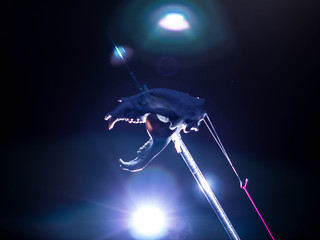
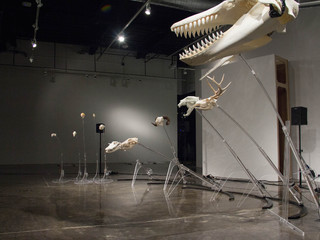
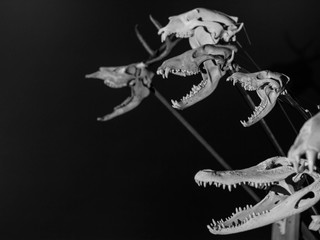
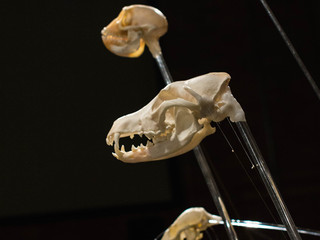
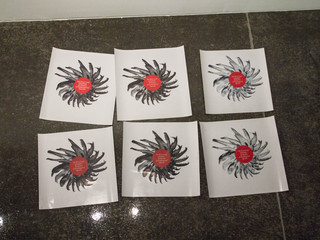
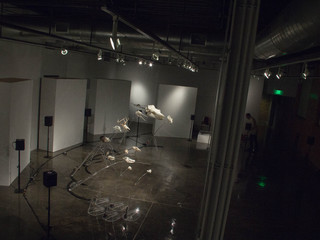
← Back to work
0 Comments